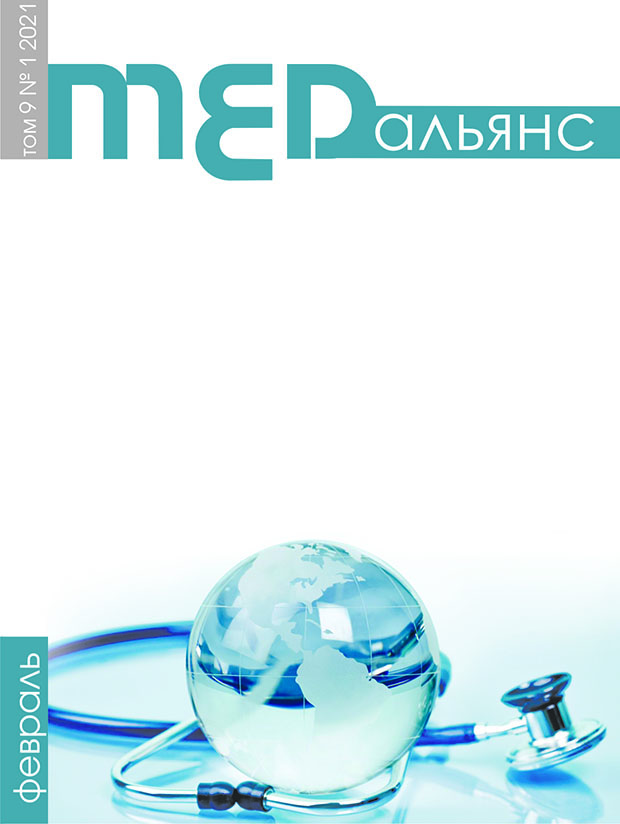Abstract
Introduction. The article focuses on the study of the prevalence of frailty main manifestations in elderly and senile patients with acute coronary syndrome (ACS). Aim. To study the relationship between the severity of violations of basic activities, as well as their influence on the development of adverse outcomes in the long-term period after ACS in elderly and senile patients using the Katz method of calculating the activity index of daily life.
Methods. The study included 302 patients. The average age was 74.52±8.56 years. The patients were divided into 2 main groups: conservative treatment n=165 (54.6%) and surgical revascularization n=137 (45.4%). On the basis of a comprehensive geriatric assessment, the proportion of "frail" patients was 53.3%, and "not frail" ones — 46.7%. All patients completed the Katz questionnaire. The primary endpoints were mortality within the first 12 months, readmission to hospital, need for daily care by another person, and recurrent myocardial infarction (MI).
Results. The incidence of repeated myocardial infarctions in the groups did not differ significantly and amounted to 4.7% in both groups. The need for care increased from group A to group F, achieving maximum level (75.5%) in group F versus 36% (p=0.045) in group D, and versus 37.5% in group C (p=0.04). The highest frequency of rehospitalizations was observed in group F — 89 patients (81.6%) versus group E — 75 patients (68.8%) (p=0.3), group D — 13 patients (26%) (p=0.02), and group C — 3 patients (37.5%) (p=0.02). Mortality from all causes was highest in group E — 16 patients out of 109 (4.6%), but it did not differ significantly from mortality in group F — 17 patients (12.5%) (p=0.3).
Conclusion. The Katz questionnaire was a valuable predictor of adverse outcomes in elderly and senile patients after ACS.

